In many areas, kids are starting to return to in-person school—which also means a return to after-school activities like clubs and sports. Your young athlete likely wants to hit the ground running, but after a yearlong hiatus from sports, that may not be the smartest (or safest) option. We talked to Dr. Bianca Edison, a sports medicine physician at Children’s Hospital Los Angeles, to get her tips for keeping kids healthy and happy during the upcoming sports season.
What precautions are you taking with Covid-19 to ensure appointments are safe for families?
Since the start of the COVID-19 pandemic, Children’s Hospital Los Angeles has implemented extensive protective measures to prevent the spread of the novel coronavirus and keep patients, families and team members safe. We are conducting daily health screenings for all team members and visitors. We also require everyone over the age of two to wear a mask. There is increased cleaning and disinfecting of surfaces and areas throughout the hospital as well as safe physical distancing in waiting rooms, the lobby and the cafeteria. Appointments that do not require a physical exam or a procedure like an X-ray or vaccination can often be done virtually via a secure online connection.
With kids returning to school and to sports, it seems likely that kids will have more injuries. What are the most common orthopedic injuries you see in kids?
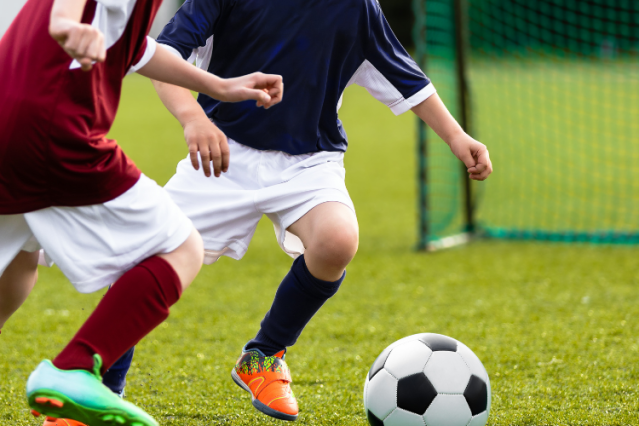
Injuries can occur whenever an athlete has been away from a sport for a while, whether that’s from an injury or, in many cases these days, because of the COVID-19 pandemic. For young athletes who compete at a high level, it’s imperative to gradually re-establish a foundation of basic fitness and conditional stamina before ramping up. It’s important to not suddenly go from zero to 100. If an athlete hasn’t been training regularly since the pandemic began, the muscle memory that was previously built up—which protects the joints and helps prevent injury—goes away. In addition, when an athlete has been deconditioned due to time away, the muscles and body tire more quickly when restarting sports. Injuries are more apt to occur during periods of fatigue and an athlete pushing through.
With some aspects of life, the more you work at a skill, the better you conceivably become. But that logic doesn’t apply to sports—especially with kids. Focusing only on one sport can increase the likelihood of an overuse injury. The kinds of injuries we commonly see are overuse injuries with the knee, the ankle, the arm and shoulder. These kinds of injuries happen when athletes overtrain or try to do too much too soon. For example, a baseball pitcher may work on throwing harder and not give their arm proper time to rest in between workouts or may not realize the proper muscles to engage to power a throw. A runner or soccer player may overtrain and experience a stress fracture or a knee injury.
If a child is injured during a sport, what signs should parents look for to know if the injury is serious enough to bring them into a specialist?
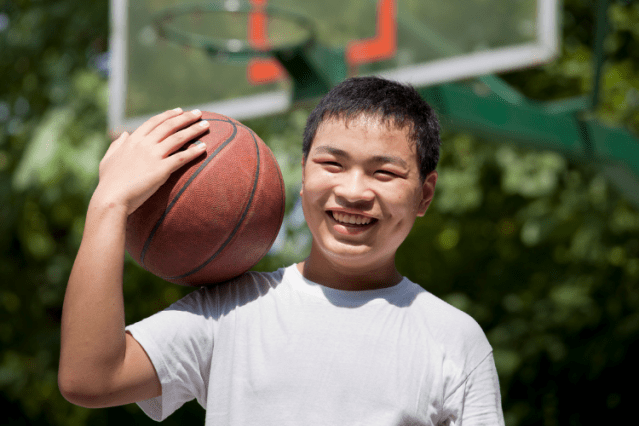
Is your child limping or suddenly favoring a body part? Do you notice swelling or bruising? Is your child trying to ‘push through’ pain? It’s important to have an ongoing dialogue with your child about how they are feeling. While competition can be healthy, it can also put a lot of undue stress on a child. Some kids feel enormous pressure from their coaches or their parents to perform at peak perfection level immediately. It’s important to emphasize that sports should be fun. Because kids are growing and their muscles and bones are still developing, it’s important to see a specialist when they experience pain that lasts for more than 24 hours, or if they have injured a joint like an ankle or a knee that swells and limits their range of movement.
However, you do not need to wait until an injury occurs to see a sports medicine specialist. Many of us are trained in preventative care and we can analyze different movement patterns and make recommendations or discuss ways to prevent an injury.
What does a typical first appointment with an orthopedic specialist look like?
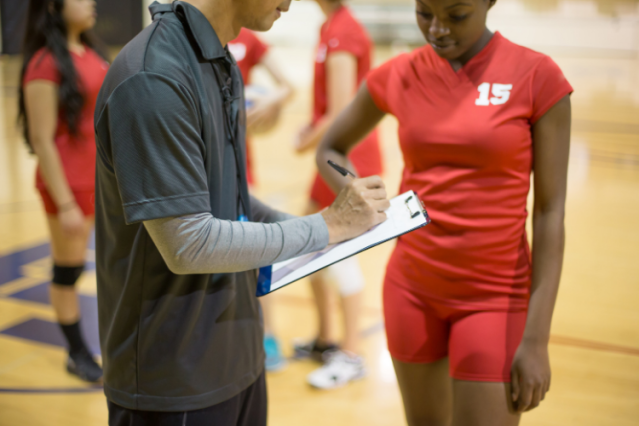
There are no typical visits for me. My days can look very different, as everyone is unique and each person’s background and ailment can differ. However, when someone comes in to see me, I introduce myself and my team, discuss concerns, try to learn about that person’s short-term and long-term goals in regards to their sport, and ascertain the nuanced details of their lives that may help or hinder progress or recovery. Those details include the sports they’re involved in, their level of performance, nutrition status, sleep quality and any life stressors that may impact prognosis.
Does my child need to go to a pediatric-focused orthopedic specialist?
Yes! Children and teens are still growing. Their bones, joints, muscles and ligament injuries, when injured, may present differently than what we see in adult bodies. For example, a child’s broken arm is diagnosed and treated differently than an adult’s broken arm. A pediatric orthopaedic specialist has special training and experience to treat pediatric-specific injuries.
Every parent wants to keep their child healthy and safe. Any tips for preventing injuries, whether kids are at school or in sports?
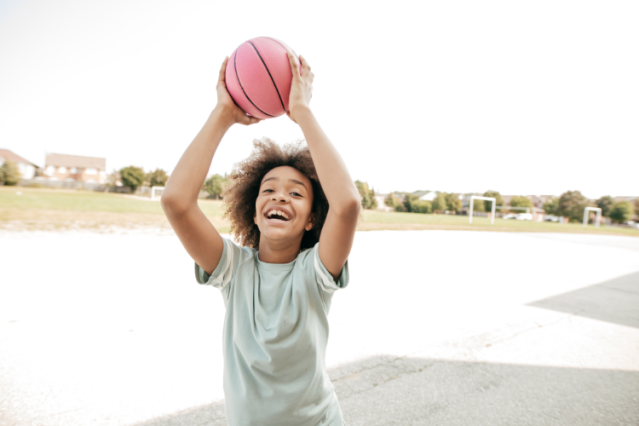
Sleep does a body good! A research study from our group showed that those kids who did not sleep the recommended hours per night had a 67% increased risk of injury. Another study I led showed that those athletes who had suboptimal sleep performed worse on cognitive tests. I make a point to ask about their sleep when I see my patients. Sleep plays a huge role in brain function. A good night’s sleep, anywhere from nine to 12 hours, will help the body rejuvenate, reboot, rid the brain of waste and in turn, help kids focus and concentrate.
Also, make sure that the child is wearing proper safety gear for their activity—helmets, shin guards, wrist guards and knee pads—and is training and moving appropriately. I encourage parents to have an ongoing dialogue with their child’s coaches to ensure that they are on the same page in terms of how their child is participating and performing.
We cannot forget about the emotional and mental part of our athletes, as we are facing a crisis of young athlete burnout. The Aspen Institute has found that the average child today spends less than three years playing a sport and has a high risk of quitting by the age of 11, mostly because that athlete doesn’t view the sport as fun anymore. While competition can be healthy, winning at any cost can overshadow common sense and robs the child of the sheer essence and joy of playing sports. Make sure your child is learning to love sports for the sake of playing, learning about good sportsmanship and what it means to be a good teammate.
Meet Bianca Edison, MD, MS
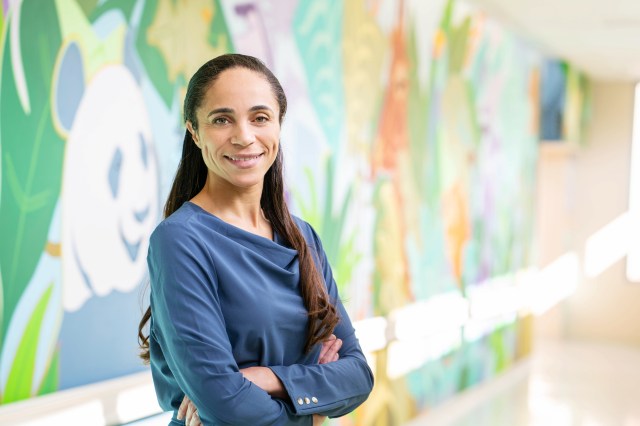
I am a sports medicine attending physician in the Children’s Orthopaedic Center at Children’s Hospital Los Angeles and assistant clinical professor of Orthopaedics at the Keck School of Medicine of the University of Southern California. My specialty involves working with young children and athletes to help them remain physically active, optimize safe sport participation and minimize time away from their respective sport. My interests include dance and performing arts medicine, sports-related concussion, adolescent overuse injuries, injury prevention and biomechanics.
Need some fresh ideas?
Subscribe to our weekly newsletter for expert parenting tips and simple solutions that make life instantly better.
By subscribing you agree to Tinybeans Terms and Privacy Policy










